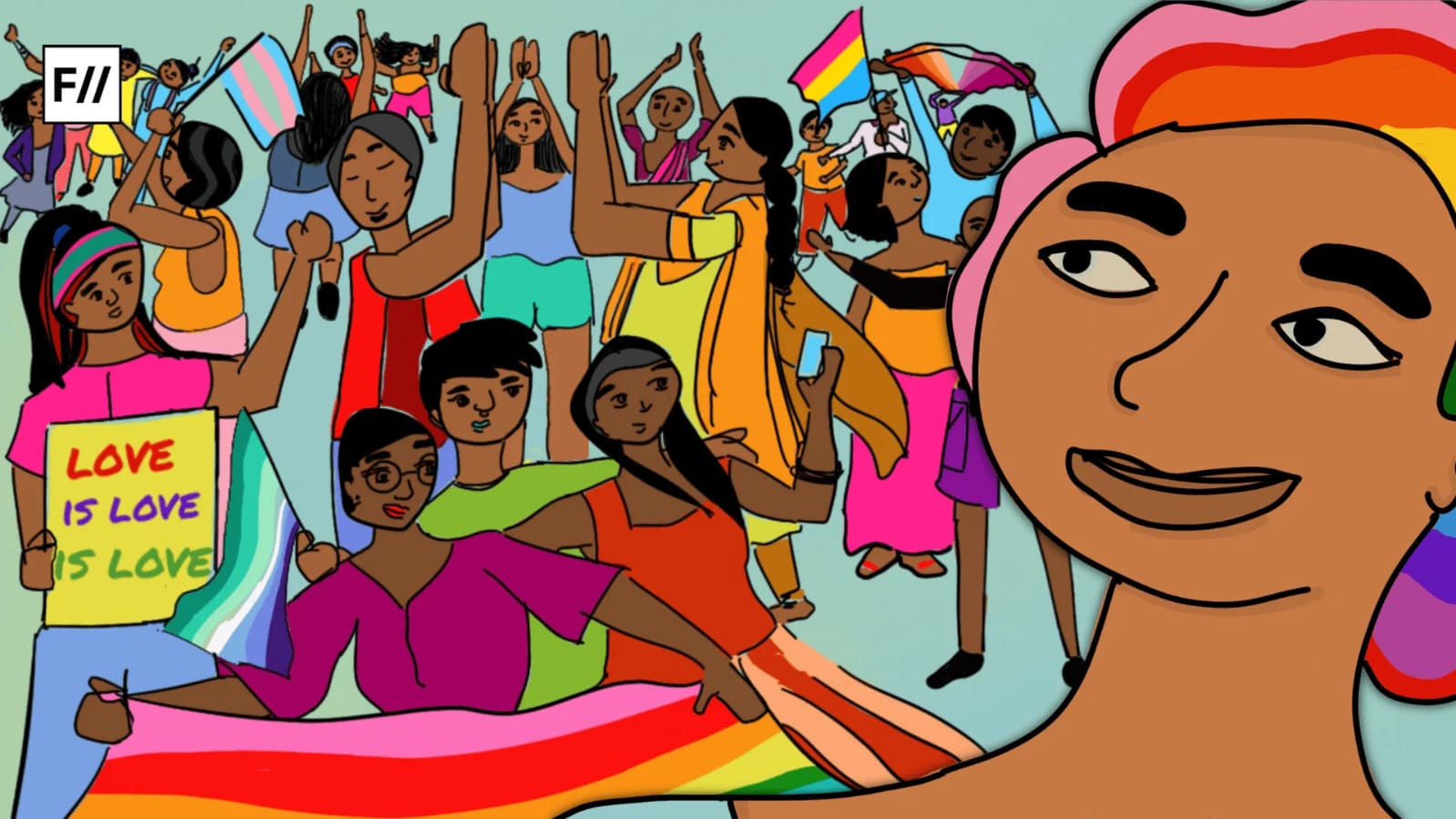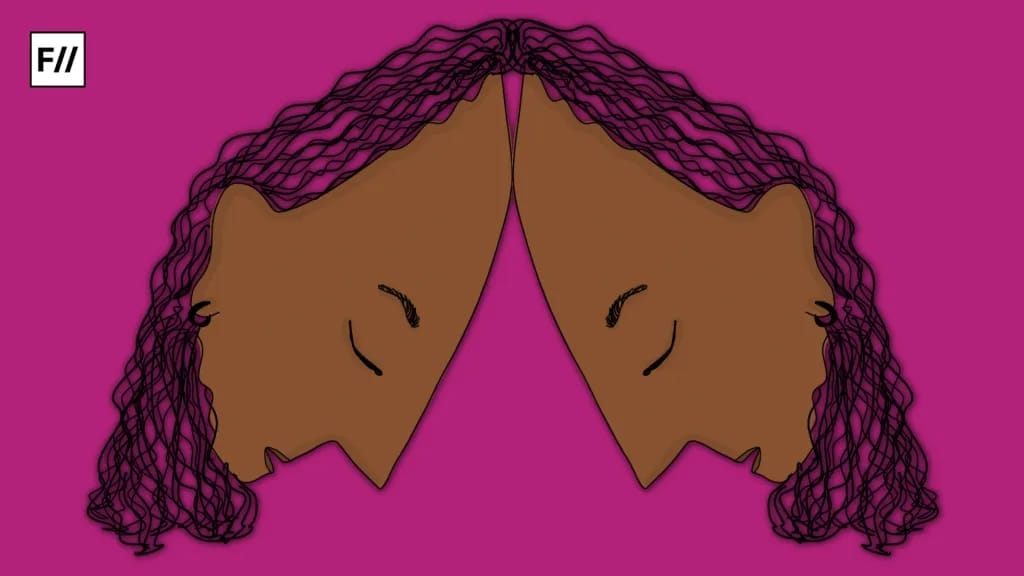Posted by Manpreet Singh Virk
If Punjabi Sikhs make up 0.34% of the world, how many of those Punjabi Sikhs are Queer? How many of those Queer, Punjabi, Sikhs are Transgender? I am a Queer, Transgender, Punjabi, Sikh born in America, and I do not know the number of people like me in this world.
I did not even know what ‘Transgender’ meant until I took a Human Sexuality class, in my 2nd year of college. Universities do not make it a requirement to learn about different marginalized communities such as the LGBTGIA+ community, but they will offer some LGBTGIA+ related courses as electives.
Fortunately for me, I grew up in the melting pot of the United States, and the university I attend offers the following degrees: Ethnic Studies, Option in Genders and Sexualities in Communities of Colour. The university I go to gave a voice to one of the most marginalized groups in the entire world.
For 20 years, the world perceived me as a woman. So for 20 years, I experienced life as one. I experienced the sexism, microaggressions, racism, homophobia, and violence as a racialized, Queer woman. From having my voice taken away, to not being taken seriously, life as a woman felt so confining.
If Punjabi Sikhs make up 0.34% of the world, how many of those Punjabi Sikhs are Queer?
It was not until I started transitioning, however, that life became even more oppressive. The moment I came out as a man, I had no idea what the future would look like. People were confused and wanted answers from me, but when I provided answers, they were not enough to cure people of their hatred.
No matter what information I provided and how I provided it, the responses were the same. I learned that hatred is a disease that can only be cured by the one who is suffering from it. Since coming out three years ago, I broke off so many friendships because of hatred.
Social media was the biggest platform I used to share my voice. I created new Instagram, Tumblr, and Twitter accounts in order to restart my life. On these social media accounts, however, a series of problems followed.
For one, the man who raped me (Amarjeet Singh Sekhon – can be found on the American registered sex offenders list) began to create accounts to harass me about my gender identity/sexual orientation. He and a few of his family members and friends would continue to troll me by insulting me, shaming me, insulting my girlfriend, ridiculing my name (SinghIsQueer), threatening to rape me, and so on.
Also Read: Living Like ‘The Danish Girl’ In Today’s India: A Trans Woman’s Account
Every day, I would either get a new message or a new comment that was meant to bully me. To this day, I receive the same trolling. The advice I can give to others is: call them out on it. Screenshot and repost the hate so that the world can see who is harassing you. Report every single comment that you can.
Do not allow the monsters to win, but also, do not allow them to drain you, stress you out, or make you feel unsafe. At the end of the day, the monsters are behind anonymous screens because they are too scared to reveal their faces. They know they are wrong, which is why they do everything anonymously and through spam accounts.
There have been many times when I have been harassed, and I had to be the one defending myself (on Twitter, Tumblr, Facebook, Instagram). The first year of transition, the only ones defending me would be my girlfriend or my siblings. My friends would see the hate on their news feeds, but none would respond to it. People refused to fight the hate.
I do not think cisgender/heterosexual people realize how much online bullying affects Queer/Transgender people. When Queer/Transgender people first come out, that is when they are most vulnerable, so they need all the support systems that they can get.
At the end of the day, the monsters are behind anonymous screens because they are too scared to reveal their faces.
I was denied these support services so many times because my friends were very transphobic and inconsiderate. Many friends would ‘out’ me to their friends and families, so I would stop talking to them. Eventually, I only needed a few fingers to count my friends.
Having one or two friends is not enough. I remember helping several Transgender people who had attempted suicide because of their gender identity. I remember being in the same exact spot, 4 stories high, looking down, and wondering: What if I do this now? It won’t hurt anymore. It won’t hurt anymore. I was lucky my girlfriend called me at that moment. We struggle to survive because the world wants us dead, so how do people expect us to live?
This year has been fortunate for me. I was featured on a few Instagram pages and stories: The Mental Health Spotlight, Homegrown, etc. Which meant so much to me because that was the first time somebody (with a platform) gave a Queer, Transgender, Sikh, American a voice online.
I was greeted with unconditional love and support from some of the Singhs and Kaurs who reached out to me this past year. I gained countless alliances, friendships, and connections. When I post content on my social media accounts, people that I do not even know defend me.
In my case, from resistance came friendship. I actually met a few Queer Sikhs through my social media platform, and from the already existing friendships, I gained more friendships. To all those who continue to look out for the vulnerable, marginalized groups, the underrepresented, and the forgotten: thank you! We can only become a united community when we start looking out for each other.
Also Read: Diary Of A Muslim Transgender Girl
Manpreet is a 23-year-old Punjabi, Sikh activist working to create a safe space for queer Sikhs. Manpreet can be followed on Instagram and Twitter.
About the author(s)
Guest Writers are writers who occasionally write on FII.




